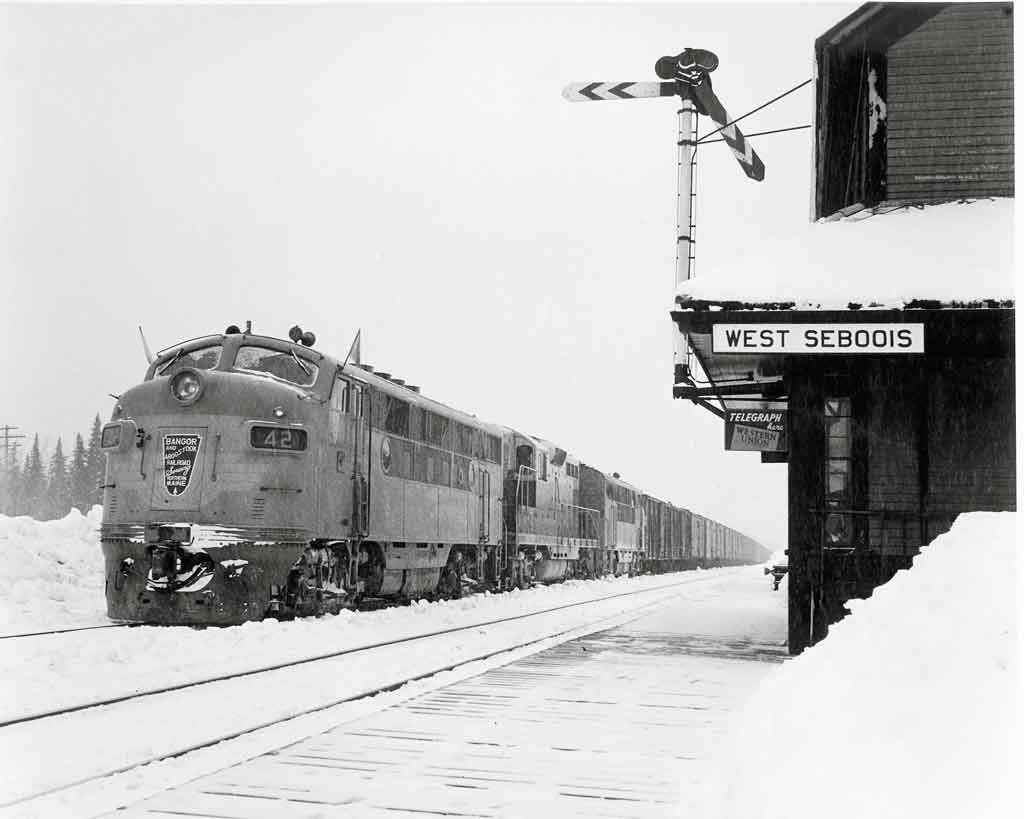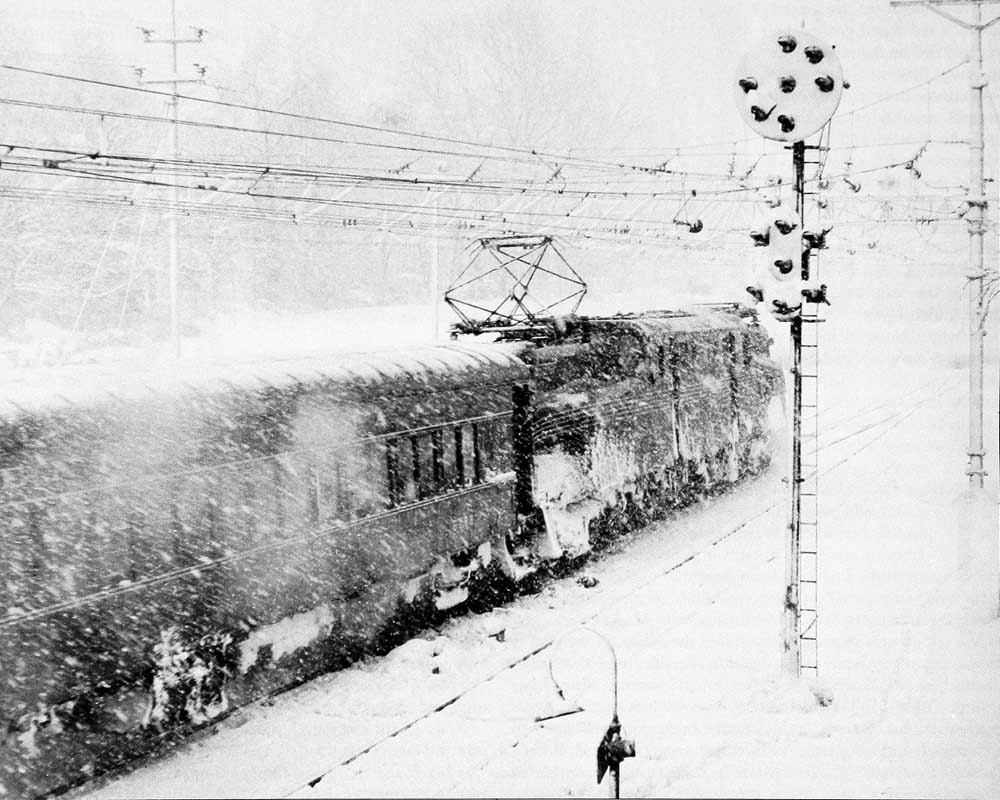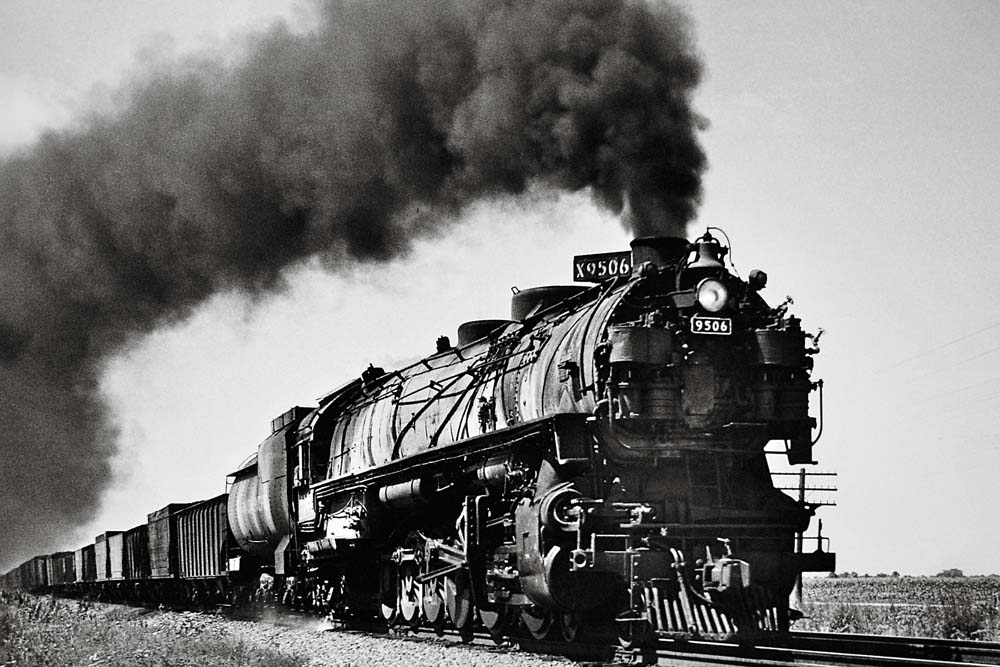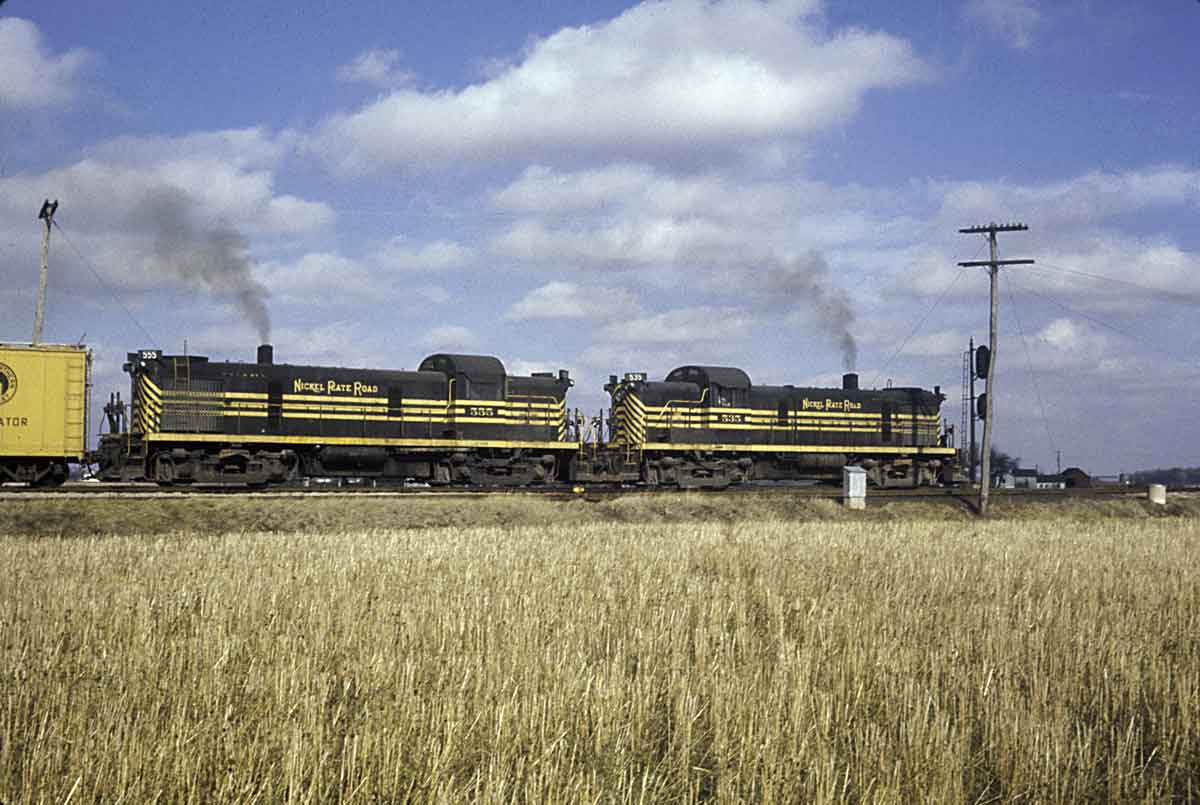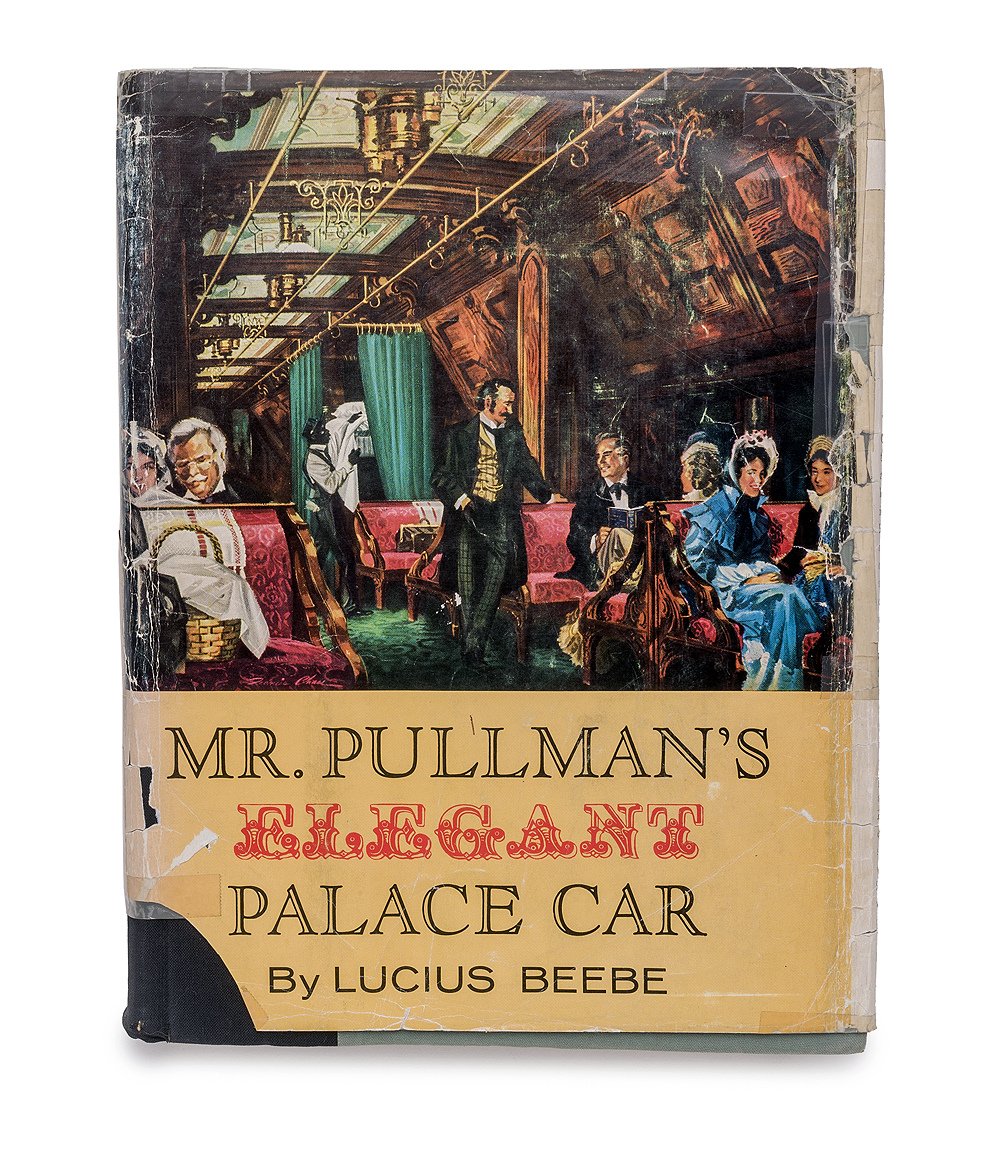The temperature on that February 1950 morning at Oakfield, Maine, was a savage 40 degrees below zero. The sky was clear, with little or no wind, and the air was filled with ice fog, i.e., tiny ice crystals. Oakfield was a division point on the Bangor & Aroostook. I was a 19-year-old rookie brakeman, and I’d been called to report to work at 6 a.m. for train 81, the local freight north to Fort Fairfield. I would see first-hand what I had heard older railroaders talk about — weather so cold that railroad-car wheels would slide rather than turn.
At the yard office, I reported to the conductor for 81, Miles Measureau. Outside in the yard, it was apparent the weather was causing no end of problems for the railroad that “served Northern Maine.” Half-frozen men were struggling with frozen cars and switches. Simple tasks like coupling air-brake lines required considerable effort because the cold made the hoses stiff.
No sooner had we reported for work than No. 81 was pressed into service as a pusher engine for other northbound trains. Because of the extreme cold, every train needed a pusher to get out of the yard (pushing southbound trains was a routine operation at Oakfield, but only rarely was it necessary to push northbound). We pushed freight trains 211 and 85 out of the yard northward up the Ashland Branch. In addition to other problems caused by the cold, considerable time was required for the road engines to charge the train brake systems to pressure levels sufficient to get under way. Thus it was considerably after our reporting time before we began the struggle with our own train.
At my signal, our engineer opened the throttle on BL2 No. 552 to move our train of 18 empty potato cars. The 1,500 h.p. EMD diesel leaned into the train and took up the slack in the first two or three cars, but the train did not move—the cars had been sitting over a day and a night in the bitter cold. He applied sand to the rails and opened the throttle more. The drawbar on the first car visibly vibrated under the strain, but still the train did not move. Closing the throttle, the engineer beckoned to me. When I reached a position below the cab window, he shouted down, “The journals are frozen. We have to break ’em loose. Uncouple all but six cars.”
I did as he instructed, and this time the 552 dragged the six cars—as their wheels slid on the rails. Soon, but only grudgingly, the wheels began to turn. We then backed up and coupled to another six cars and repeated the process. In this manner, with three repetitions we got our 18 potato cars rolling.
In the midst of the struggle, we began to experience frostbite, a hazard of working outdoors in such conditions. Tim Ryan, our lead brakeman, told me that my cheeks were freezing. I had felt nothing unusual. He told me to take off my mittens and use my hands to thaw my freezing cheeks. I did as he said, and I remember that my cheeks felt stiff, like parchment. Tim told me that we would have to keep a close watch on each other. Sure enough, a few minutes later I saw that his cheeks were freezing. Thereafter, we took turns climbing into the engine cab to warm our faces.
Finally, with the addition of two tank cars and a few cars of merchandise, our No. 81 was ready to head north toward Fort Fairfield. But first, we had to get a train order for a meet with passenger train No. 2, the Van Buren–Bangor Aroostook Flyer, at Ludlow. The bitter cold had caused problems all over the Northern Division, and the Flyer was considerably behind schedule.
To get the order, we had to back down the main line about a half-mile to the Oakfield station. In making that move, I made a very serious error in judgment. After opening the switch to put our train on the main line, I swung aboard a boxcar, climbed to the top, and began to walk the tops toward the engine. As the train picked up speed, the wind penetrated my clothing and bathed my skin with unbearable cold. To get out of that terrible wind, I climbed down between two cars and hung onto the ladder until we stopped at the station. Never did anyplace feel as wonderful as that warm station.
Having picked up the train order, we headed north toward the meeting point, only 8 miles away. The order directed us to take the siding, and on approaching the switch, we could see through the BL2’s cab windows that drifting snow from the nearby lake had completely covered the siding. We stopped, and I climbed down from the engine to open the switch. In keeping with railroad practice, a shovel and broom were kept at the switch stand. In short order, I had the snow brushed away from the switch points and opened the switch. The engine started into the siding, plowing its way through the drifted snow. With the engine and about six cars into the siding, though, we stalled in the hard-packed snow.
It was time for me to saddle up and flag down the passenger train. We had a meet order, but with the main line blocked by our train, the Flyer had to be stopped well before the meeting point. Carrying a red flag, flares, and torpedoes, I ran and walked north to meet the oncoming train. I went the prescribed distance and was placing the torpedoes when Miles came running up and told me I had not gone far enough. Miles was known as a nervous conductor, and he certainly was one that morning. I didn’t argue; I moved on.
At my new position, torpedoes in place and red flag in hand, I awaited No. 2. Soon it came. It exploded the torpedoes and the engineer gave the whistle signal of acknowledgment. With the red flag, I waved the stop signal, which he acknowledged. The Flyer’s engine came to a stop a car-length or so beyond where I was standing beside the track, which forced me to wade through deep snow to reach the cab. Engineers always made it a point to punish trainmen who made them stop. I climbed up into the cab and was greeted with “good fellowship” — the words were, “What the hell is going on?” I explained we were stuck in the snow.
With me on board, No. 2 crept to the south switch. Thanks to some good engine-handling, however, by this time our train was in the clear. Except for the unscheduled stop, we hadn’t delayed No. 2. After it left, we backed out onto the main line and got under way again. When we reached Houlton, it was noon. Six hours had passed since our reporting time in Oakfield, and we had gone only 18 miles. Hours of work remained before we would reach Fort Fairfield.
Many years have passed since that cold morning in Maine. Never since have I worked in such weather conditions, but I had an adventure to remember for a lifetime.
First published in Winter 2006 Classic Trains magazine.
Learn more about railroad history by signing up for the Classic Trains e-mail newsletter. It’s a free monthly e-mail devoted to the golden years of railroading.





